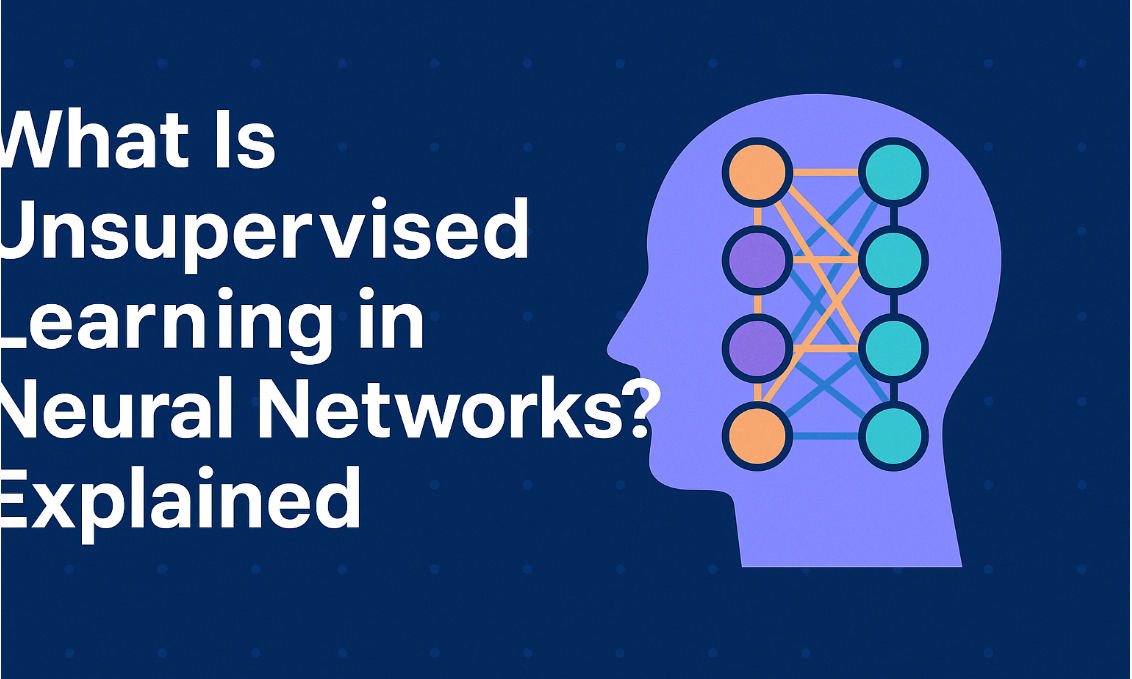
Reinforcement Learning in Neural Networks: A Comprehensive Guide to Intelligent Agents
Introduction
In recent years, the world of Artificial Intelligence (AI) has made monumental strides — and at the heart of this evolution lies the fascinating fusion of Reinforcement Learning (RL) and Neural Networks. This powerful combination is reshaping how machines learn and adapt in real-time, without the need for pre-programmed instructions.
Think of it this way: imagine teaching a dog new tricks by giving it treats when it performs well. Similarly, reinforcement learning involves training intelligent agents to make the right decisions through a process of trial and error, guided by rewards and penalties. Now, combine that learning strategy with the pattern-recognition power of neural networks, and you get systems that not only learn how to act but also adapt to new environments, learn from past experiences, and handle complex decision-making tasks that traditional AI systems would struggle with.
From game-playing champions like AlphaGo to self-driving cars and personalized recommendation systems, this hybrid approach—commonly referred to as Deep Reinforcement Learning (DRL)—is the engine behind some of the most groundbreaking AI innovations today.
In this blog post, we'll take you on an in-depth journey through:
-
The core principles of reinforcement learning
-
Why neural networks make a perfect fit for RL tasks
-
Popular architectures like DQN, A3C, and PPO
-
Real-world examples from robotics to game AI
-
The pros and cons of this approach
-
And even a hands-on example you can try yourself
Let’s dive in and decode how machines are learning to think, plan, and adapt—just like humans.
The Fusion of Reinforcement Learning and Neural Networks: A Historical Overview
The Beginning: Roots in Psychology and Control Theory
The concept of learning from rewards isn't new. In fact, it dates back to behavioral psychology in the early 20th century. Researchers like B.F. Skinner experimented with reward systems to understand how animals—and by extension, humans—learn behaviors. This foundational idea eventually made its way into computer science through fields like optimal control and dynamic programming, pioneered by legends such as Richard Bellman.
During the 1980s and 1990s, scientists began experimenting with using neural networks in reinforcement learning. Back then, neural networks were primitive compared to today’s deep learning giants, and computational resources were extremely limited. This meant early results were promising but far from practical.
The Turning Point: The Rise of Deep Learning
Fast forward to the 2010s: neural networks experienced a renaissance, thanks to three game-changers:
-
Massive datasets
-
More powerful GPUs
-
Improved algorithms like backpropagation
It was in this environment that DeepMind, a UK-based AI company (later acquired by Google), unveiled the now-famous Deep Q-Network (DQN) in 2013. DQN was trained to play Atari video games—not with hand-coded strategies or game rules, but by processing raw pixels and learning entirely from scratch using reinforcement learning.
Incredibly, the model achieved human-level performance in many games. This was a wake-up call for the AI community. Suddenly, deep reinforcement learning wasn’t just a theoretical concept—it was a practical, scalable, and extraordinarily powerful tool.
Today: An Explosion of Research and Real-World Applications
The success of DQN kicked off an explosion of interest in DRL. Research papers, open-source libraries, and commercial applications began popping up everywhere.
Some modern milestones include:
-
AlphaGo and AlphaZero: Beating world champions in Go and chess using deep reinforcement learning
-
OpenAI’s Dota 2 Bots: Competing with human professional players
-
Autonomous Vehicles: Learning to drive through real-world and simulated environments
-
Industrial Robotics: Learning tasks like grasping, assembly, and navigation
These agents are not just mimicking behavior—they’re discovering optimal strategies on their own, often outperforming traditional rule-based systems.
Next up: We'll break down the building blocks of reinforcement learning so you can understand how intelligent agents learn from scratch, step by step.
Would you like me to continue with the next section — "Understanding the Fundamentals of Reinforcement Learning"?
FAQs (Frequently Asked Questions):
1. What is reinforcement learning in neural networks?
Reinforcement learning in neural networks refers to the process where an AI agent learns to make decisions by interacting with an environment and using neural networks to predict and improve its actions based on rewards or penalties.
2. How do neural networks help in reinforcement learning?
Neural networks help in approximating complex functions like value functions or policies, enabling reinforcement learning agents to handle high-dimensional input spaces like images and raw sensor data.
3. What are some real-world examples of reinforcement learning?
Real-world applications include self-driving cars, robotic control systems, game-playing AIs like AlphaGo, recommendation engines, and dynamic pricing models.
4. What is the difference between deep learning and reinforcement learning?
Deep learning focuses on learning representations from data, while reinforcement learning is about learning optimal actions through trial-and-error. When combined, they create powerful decision-making models known as deep reinforcement learning.
5. Which algorithms are used in deep reinforcement learning?
Some popular algorithms include Deep Q-Network (DQN), Asynchronous Advantage Actor-Critic (A3C), and Proximal Policy Optimization (PPO).
Suggested User Comment Prompt:
We’d love to hear your thoughts!
Have you ever worked with reinforcement learning or neural networks in a project?
What’s your favorite application of intelligent agents in the real world?
Got any questions or insights about deep reinforcement learning?
Drop your thoughts in the comments below! Let’s discuss.








